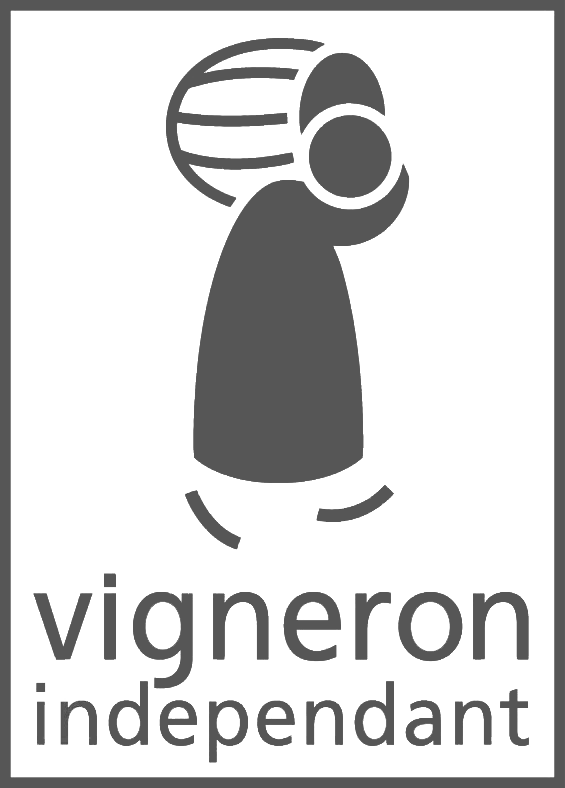Spring and summer
During these few months, the activity is intense. Until July, there will be a succession of overlapping operations: de-stemming, disbudding, green harvesting, leaf thinning and working the soil.
It is also the time to plant the new plots and replace the missing vines.
The fight against vine diseases
The vines have budded, the green work is about to begin, but it is also the arrival of the first fungi responsible for mildew and powdery mildew, aphids, leafhoppers and other insect pests when they are outnumbered.
In organic agriculture we use sulphur and copper against powdery mildew and mildew, and bacillus thuringensis for the grape worm.
Cultivation, thinning out the leaves, disbudding, leaf removal and tillage will also serve as prophylactic means to make treatments more effective and thus reduce their number.
We are also working to preserve micro ecosystems that are home to, among other things, auxiliary insects that will help us fight pests. The best known example is the ladybird that feeds on aphids.
disbudding, Epampering, leaf stripping
Disbudding
It is used to regulate production, aerate the vines and restructure the stock. It consists in removing excess branches and those badly placed on the arm. It also prepares the pruning for the following year.
Epampering
It is the removal of the buds that come out on the trunk and under the arms of the vines. By removing them, competition is reduced, which favours the feeding of the fruiting shoots. It is also a prophylactic measure to limit the spread of downy mildew from the soil and reduce the leafhopper population by 20 to 30%.
Leaf stripping
Depending on the year and the grape variety, we remove the cores (leaves) around the bunches. The objective is to favour aeration, light and sun penetration to dry the bunches after the rain, prevent humidity from stagnating and favour the ripening of the grapes.


